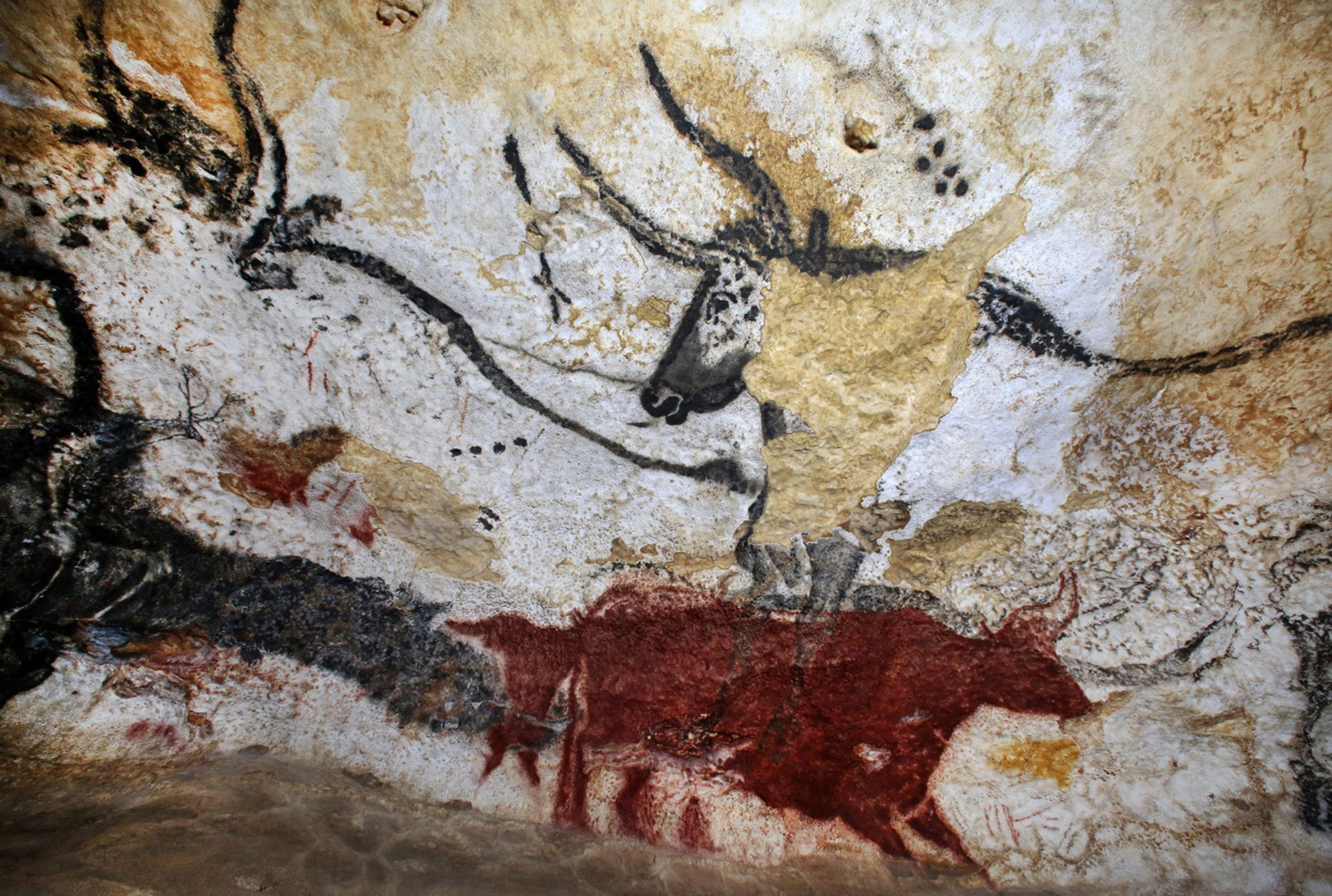Lines, dots and other symbols painted in caves during the last Ice Age may be the earliest example of proto writing – symbols that communicate a small amount of information like an emoji.
Published in the Cambridge Archaeology Journal on Thursday, the study shows that 20,000-year-old markings made by hunter-gatherers alongside drawings of prey animals recorded animal behavior “critical” to people’s survival.
The markings – lines, dots and “Y” marks – were found in more than 600 Ice Age images on cave walls and portable objects across Europe, according to a press release on the research from Durham University, England.
“We’ve long suspected that these sequences of markings found alongside depictions of prey animals were saying something about these animals, but we’d no idea what they were saying,” Paul Pettitt, co-author and professor of paleolithic archaeology at Durham University, told CNN Thursday.
“(Recording behavior) was of critical importance to the paleolithic hunter-gatherers dependent on them for survival, i.e. mating and birthing, both when the animals could be found massed in large numbers,” he added.
The findings also reveal that people in Ice Age Europe were using a calendar based on lunar cycles rooted in seasonal observation.
According to Pettitt, there are more than 30 non-figurative signs in paleolithic art, but study coauthor Bennett Bacon – a furniture conservator and independent researcher who made the initial hypothesis and discovery – looked at the three most common markings.
A statistical analysis of a large data set consisting of records of animals that lived in the time period, including aurochs (now extinct cattle species), salmon and horses, allowed the researchers to match the months of the year in which species engage in specific types of behavior, such as mating, birthing or migration.
The team believes that the “Y” symbol stood for giving birth, and mating periods were illustrated by lengths of sequences of lines and dots not containing the “Y.” They did not find any predictors to migration periods.
Alistair Pike, a professor of archaeological science at the University of Southampton in England, told CNN that finding strong evidence for what European paleolithic cave art means has “always been like looking for a needle in a haystack.”
“(This) study is the most convincing evidence so far of the systematic meaning of the association of dots, lines and symbols with animals,” said Pike, who was not involved in the study. He added that the study showed how the number and position of the markings “correlate well” with the number of months between the different species’ birthing and mating seasons.
Pettitt said other researchers had questioned why the study only examined three types of markings.
However, he said that this was “a very sound start” to unlocking more information, adding that “no one wrote off (Jean-François) Champollion because he’d not deciphered the entirety of hieroglyphs in one go” using the Rosetta Stone.
The earliest form of writing in the world was the Sumerian script, devised by people in Mesopotamia (modern day Iraq, Turkey and Syria), which dates back to 8,000 BC.
